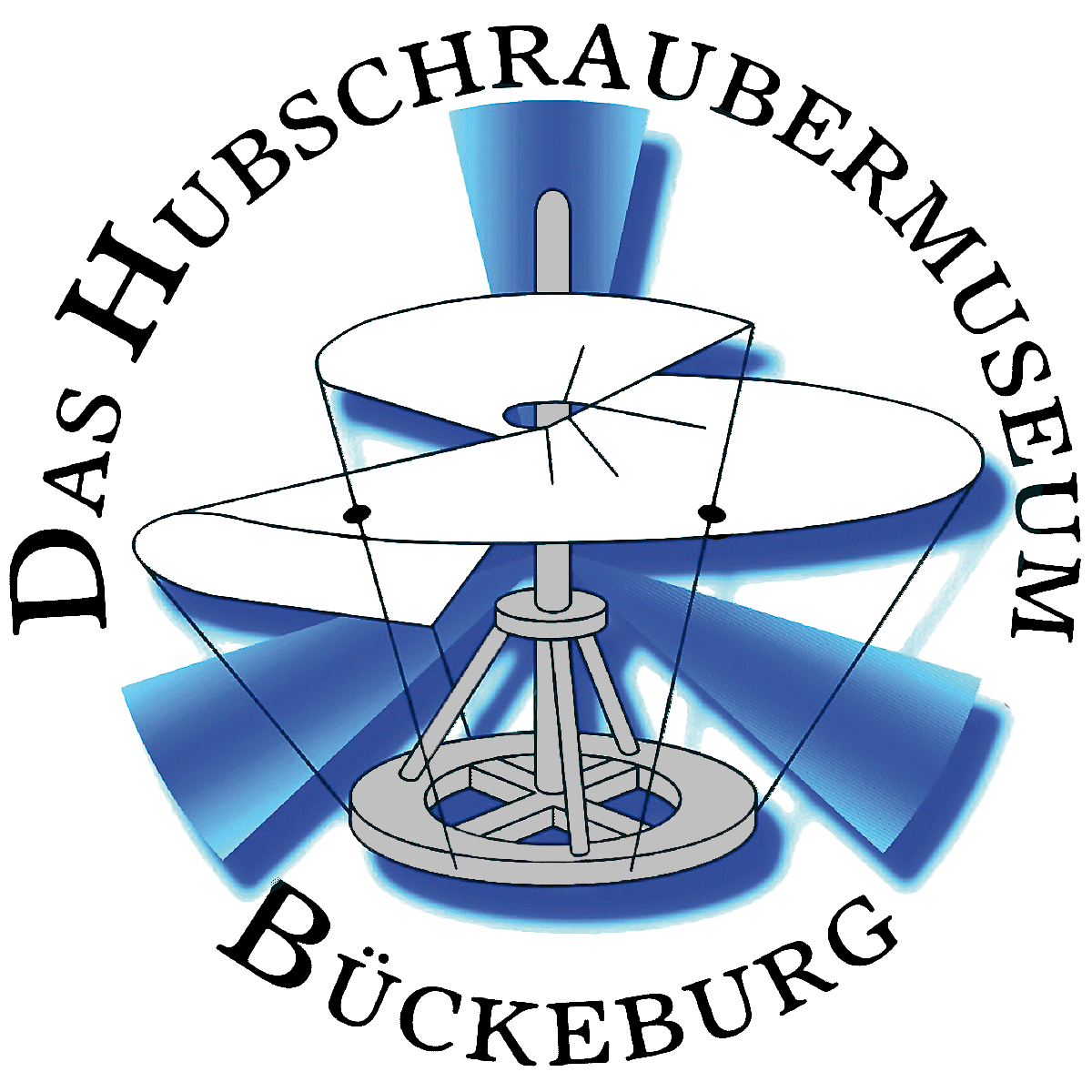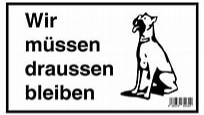Flettner-EN
Flettner
Anton Flettner GmbH., Berlin-Johannisthal
Director: Anton Flettner; Plants: Johannisthal and Bad Tölz
Anton Flettner’s name is noted for a number of basic aerodynamic research projects. It was shortly after World War I that he developed a ship utilising wind force with the help of huge rotating cylinders instead of sails. He also invented the “Flettner” trim tab that may be found in many aircraft and ship designs. In the mid-20s he started working on rotary-wing aircraft. The first helicopter was built in 1927. It had a rotor with 20-hp engines at its blade tips producing torqueless rotation with the help of small propellers. The machine got off the ground, but was destroyed by a gust of wind. He began designing and constructing helicopters in his own factory in 1935. His activities had found the attention of the Oberkommando der Kriegsmarine (OKM, German Naval General Staff), who supported his work. Support from the Navy was stronger than that from the Reichsluftfahrtministerium (RLM, Reich Air Ministry). The reason was the intended purpose of the machines. His first design was the Fl-184 gyrocopter, followed by the Fl-185 helicopter in 1936. He invented a new design with two intermeshing rotors in parallel. In 1938, this design was used on the Fl-265 helicopter. This type was predecessor to the well-known Fl-282 reconnaissance helicopter that was further developed to the Fl-339. The aerodynamicians and vibration experts Dr. Kurt Hohenemser and Dr.-Ing. habil. Gerhard Sissingh were both part of Anton Flettner’s team.
Flettner FL 282
The Fl-282 is said to be Anton Flettner’s most successful helicopter design. It is not an overstatement to say: This was the best helicopter in those days. It is not known exactly when the RLM placed the order to develop the Fl-282. But it is definite that in 1939 designing started simultaneously with the testing of the Fl-265. And all test results and experience that had been gained along the Fl-265 tests were incorporated into the new project. In the middle of August, development of the Fl-282 V1 had come to a point that the first flight tests could be conducted. The test carrier was anchored to the ground, but it could lift off up to a certain altitude and hover depending on the length of the anchor chain. This test lasted for 125 hours and 39 minutes until 21 November 1941. In case the device would be destroyed or the tests had to be interrupted for a longer period due to a failure, the Fl-282 V4 was prepared as a standby test bed.
| Type designation: | FL 282 “Hummingbird” |
| Usage: | Experimental Helicopter |
| Manufacturer: | Flettner |
| Country: | Germany |
| First flight: | 30th October 1941 |
| Length: | 6.15 m |
| Height: | 2.40 m |
| Rotor diameter: | 11.96 m each |
| Number of rotor blades: | 2 x 2 |
| Powerplant: | BMW-Bramo 314E 7-cylinder radial engine |
| Power: | 118 kW / 160 hp |
| Max. speed: | 80 km/h |
| Service ceiling: | 1,500 m |
| Empty weight: | 715 kg |
| Max. take-off weight: | 980 kg |
| Range: | 170 km |
| Crew: | 1 |
| Manufactured: | 24 |



